Ixworth chicken is an English breed which originated in the village of Ixworth in Suffolk, England. It was developed during the 1930s by Reginald Appleyard and named for the village of ‘Ixworth’.
Ixworth chicken was created as a fast growing and high quality meat breed with reasonable laying abilities. It was bred from White Indian Game, Jubilee, White Minorca, White Orpington and White Sussex chickens.
It is among the very rare chicken breeds, which almost disappeared in the 1970s (it has since gradually recovered). There is also a bantam variety of this chicken breed.
Physical Characteristics of Ixworth Chicken
Ixworth chicken has pure white plumage. Their skin color is also white. They have pea comb. Comb, face, wattles and earlobes of Ixworth chicken are of brilliant red color. Their shanks, feet, beak and flesh all are of white color. Their eyes are of red or bright orange color.
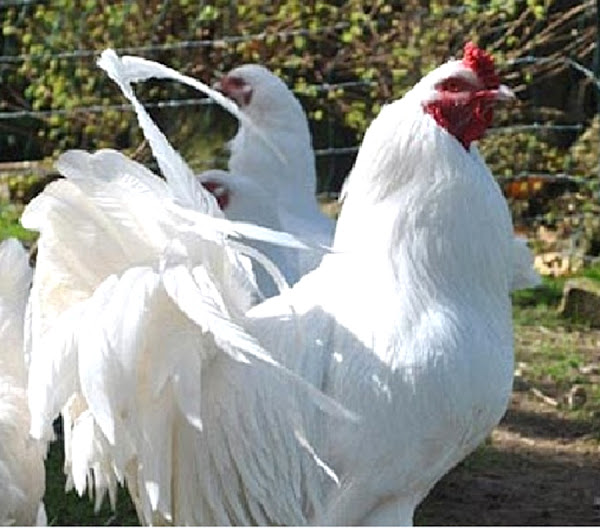
On an average, Ixworth roosters weight about 3.6-4.1 kg and hens about 2.7-3.2 kg. And the bantam variety weights about 1.02 kg for roosters and about 0.79 kg for hens. Ixworth chickens are highly priced in the market for their excellent meat quality.
Behavior/Temperament
Ixworth chicken is very active and hardy breed. They are excellent in free range. They will forage most of their food if given access to roam freely. They are not a fast growing breed like most of other hybrid meat chickens.
They also do well in cold climates. It’s very easy to handle them, but sometimes can be aggressive. Hens are pretty good layers, tend to go broody and good sitters. See full breed profile of chicken this chicken breed below.
| Breed Name | Ixworth |
| Other Name | None |
| Breed Purpose | Dual Purpose/Meat |
| Breed Temperament | Active, Easily Handled, Docile |
| Breed Size | Large |
| Broodiness | Yes |
| Comb | Pea |
| Climate Tolerance | All Climates |
| Egg Color | Tinted |
| Egg Size | Medium |
| Egg Productivity | Medium |
| Feathered Legs | No |
| Rarity | Rare |
| Varieties | Only White |

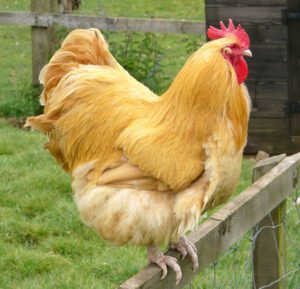


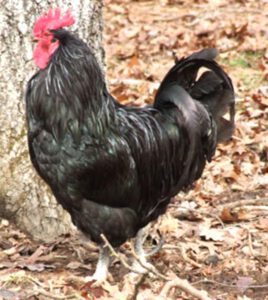
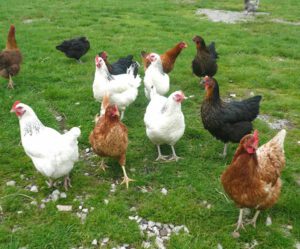
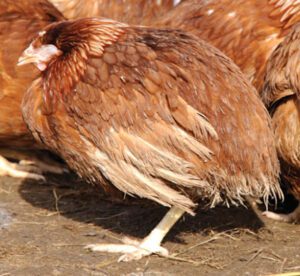
Aside from the white skin and pea comb, the Ixworth breed looks extremely similar to the Canadian Chantecler in conformation and size. Accepted as a breed by the APA in 1921, the White Chantecler has a Cushion comb and yellow skin, and is a working, dual purpose breed. The Trappist monk from Oka, Quebec bred his creation specifically to lay large, light-brown eggs year round, including through the cold Canadian winter months.
Along with the original White Chantecler, there is also a Partridge variety developed by the University of Alberta and accepted by the APA in 1935.
Thanks for your feedback! Good luck!